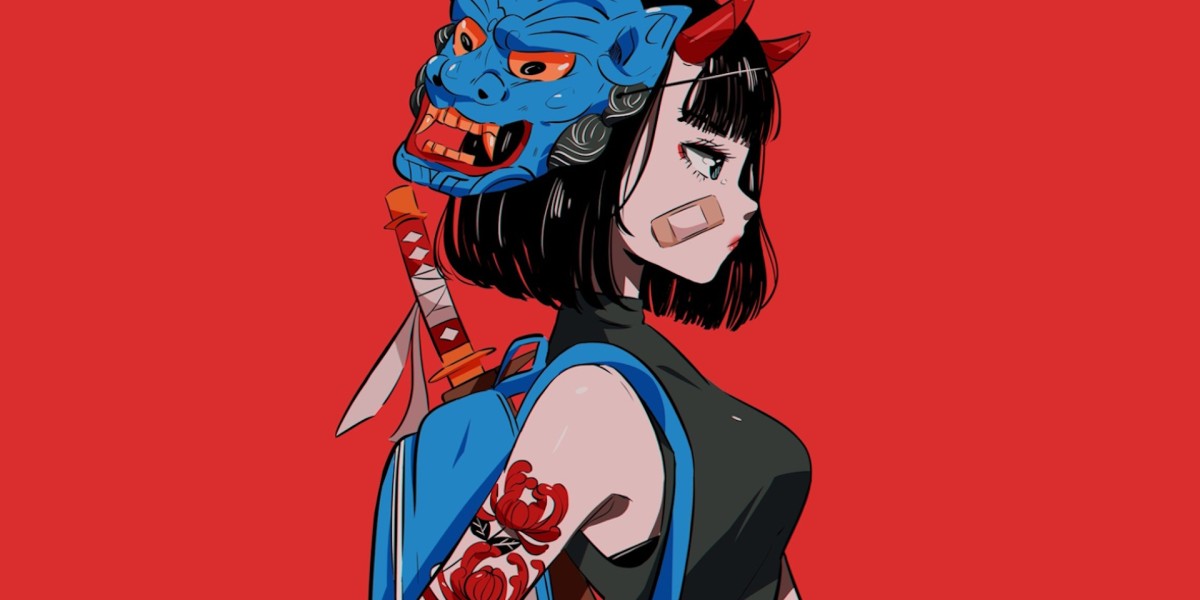What Makes Concept Art Unique?
Several features distinguish concept art from other forms of artistic expression. These defining characteristics highlight its critical role in the creative process.
1. Focus on Pre-Production
Concept art plays a vital role in the pre-production phase of creative projects. It sets the stage for everything that follows, serving as a visual guide for the entire team. This focus on preparation is one of the key reasons concept art is so distinct.
2. Iterative Process
Unlike traditional artwork that may be completed in one go, concept art is highly iterative. Concept artists create multiple versions of the same idea, exploring different perspectives, styles, and elements. This adaptability makes concept art illustrations dynamic and versatile.
3. Collaborative Nature
Concept art often involves close collaboration between the artist and other team members, such as directors, writers, and designers. This teamwork ensures the artwork aligns with the overall vision of the project. Whether working on character concept art or detailed environments, concept artists must balance their creative input with the needs of the team.
4. Balancing Creativity and Functionality
One of the most unique aspects of concept art is its dual purpose. While it allows for immense creative freedom, it also needs to be practical. Concept art must convey detailed information about the design, such as scale, proportions, and textures, ensuring it can be translated into a finished product.
The Different Types of Concept Art
Concept art encompasses a wide range of styles and subjects, each tailored to specific project needs. Below are some of the primary types of concept art.
1. Character Concept Art
Character concept art focuses on designing the appearance, personality, and costumes of characters in a story. These designs help define who the characters are and how they fit into the narrative.
2. Environment Concept Art
Environment concept art involves creating landscapes, interiors, and settings that form the backdrop of a story. This type of concept art sets the tone and atmosphere, whether it’s a dystopian city or a lush forest.
3. Prop and Asset Design
From futuristic weapons to everyday objects, prop concept art ensures that every item in a project looks cohesive and fits the world being created.
4. Creature Design
Creature design focuses on inventing fantastical or realistic beings that inhabit the project’s world. This type of concept art requires a deep understanding of anatomy and imagination.
The Importance of Concept Art
Understanding what makes concept art unique requires examining its significance in creative projects. Here are some reasons concept art is indispensable.
1. Visual Communication
Concept art is a powerful tool for visual communication. It helps convey complex ideas and ensures everyone involved in a project has a clear understanding of the vision.
2. Saves Time and Resources
By addressing design issues in the early stages, concept art saves time and resources during production. It minimizes the risk of costly revisions later in the process.
3. Enhances Storytelling
Concept art contributes to storytelling by visually representing elements like mood, setting, and character dynamics. A well-crafted artwork concept can evoke emotions and set the tone for an entire project.
Tools and Techniques in Concept Art
Concept art relies on a mix of traditional and digital tools. While traditional methods like pencil sketching remain popular, digital tools dominate the industry today. Programs like Photoshop, Procreate, and Blender allow artists to create stunning concept art illustrations with speed and precision.
Learning from Famous Concept Artists
Studying the work of a famous concept artist can provide invaluable insights into the craft. Artists like Syd Mead, known for his futuristic designs in films like Blade Runner, or Ralph McQuarrie, who shaped the Star Wars universe, showcase the power of concept art in shaping cultural phenomena.
The Skills That Make a Great Concept Artist
To excel in concept art, an artist needs a combination of creativity, technical skills, and industry knowledge. Key skills include:
- Mastery of anatomy and perspective.
- Proficiency in digital art tools.
- Strong storytelling ability.
- Attention to detail.
These skills allow concept artists to create compelling and functional designs that bring stories to life.
Challenges in Concept Art
While concept art offers exciting opportunities, it also comes with challenges. Tight deadlines, high client expectations, and the need for constant innovation can make this career demanding. However, for those passionate about art and storytelling, the rewards far outweigh the challenges.
The Future of Concept Art
The future of concept art looks bright, with advancements in technology creating new opportunities. Tools like AI and augmented reality are pushing the boundaries of what concept art can achieve, making it even more integral to industries like gaming, film, and virtual reality.
Conclusion
So, what makes concept art unique? It’s a blend of creativity, functionality, and collaboration that sets it apart. Concept art serves as the foundation for some of the most iconic visuals in media, from epic landscapes to unforgettable characters


